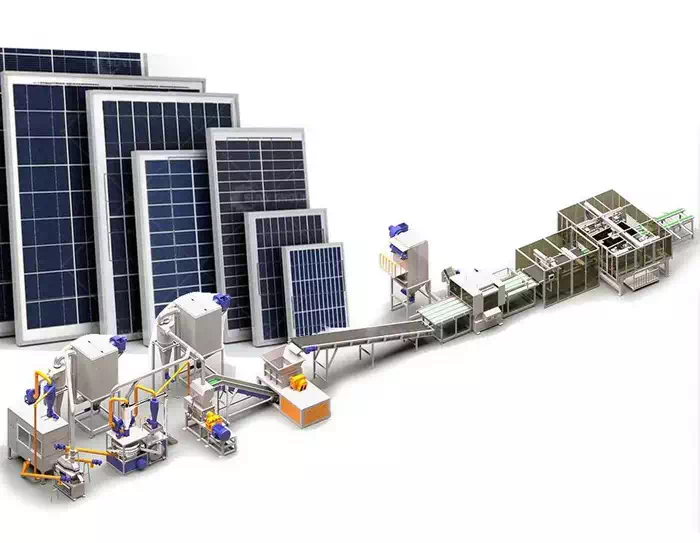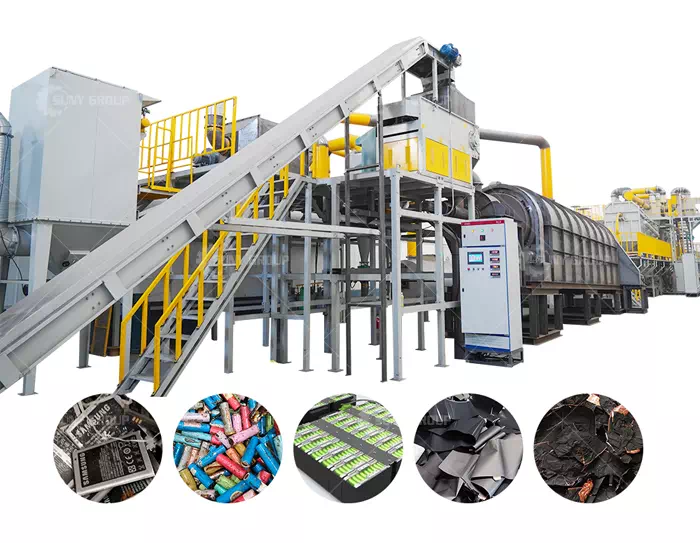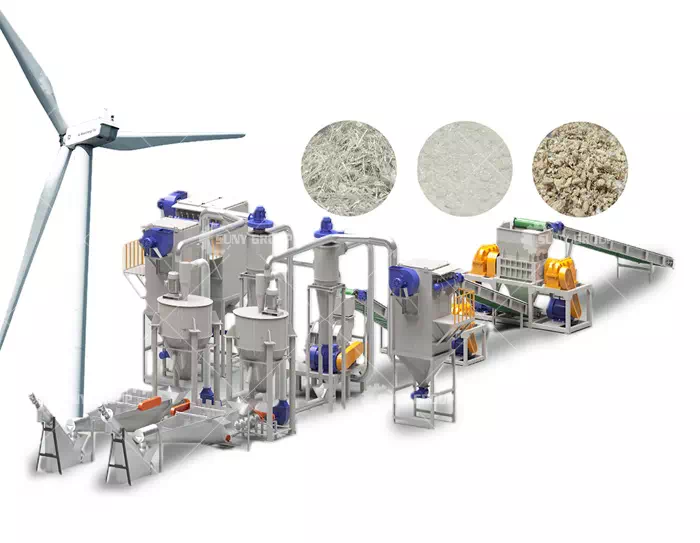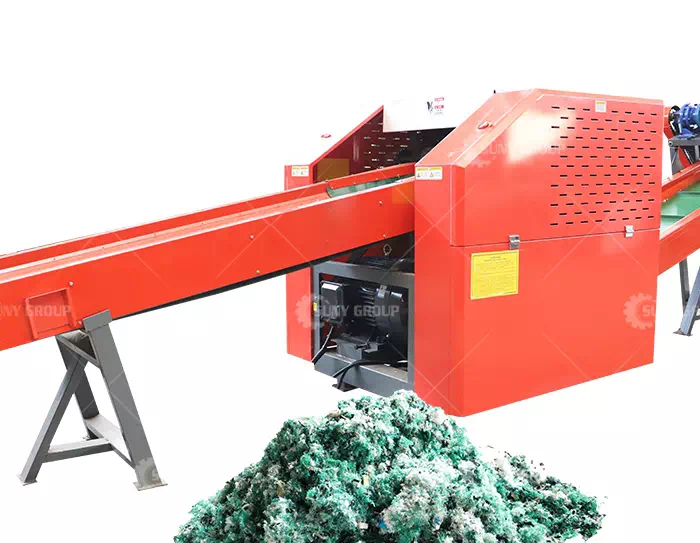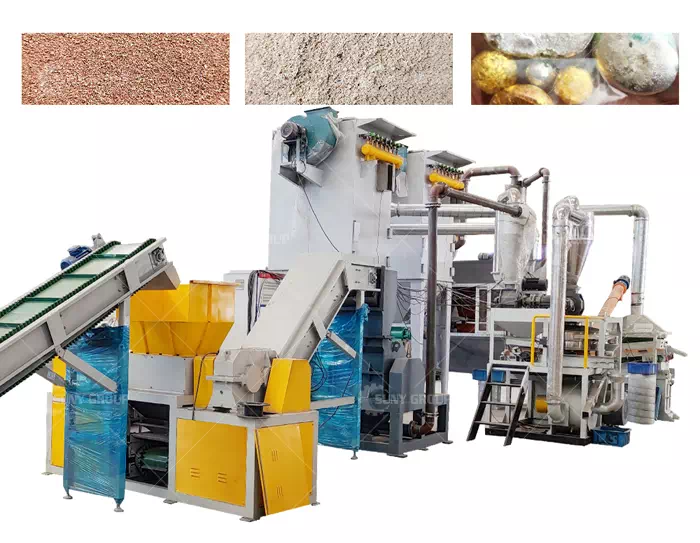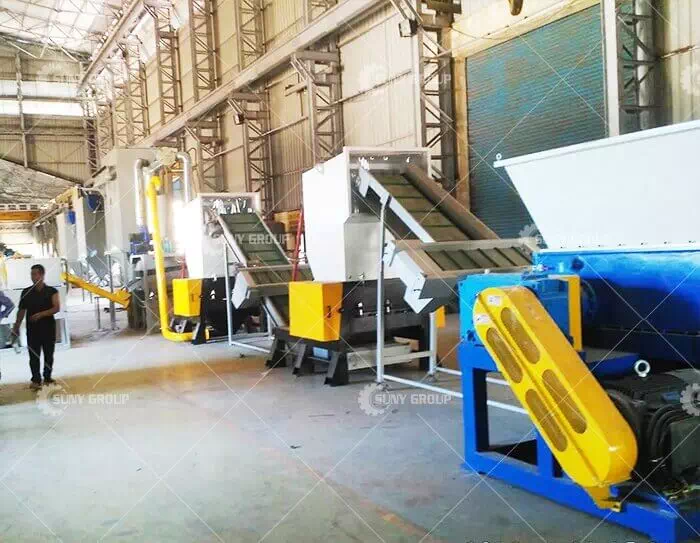Waste Electrical and Electronic Equipment Recycling Facility
WEEE not only contains rich metal resources but also includes a large number of hazardous substances, which, if not properly handled, will pose a serious threat to the environment and human health. Therefore, the establishment of efficient and environmentally friendly recycling and treatment facilities is particularly critical. This article will briefly introduce the key technical equipment and its functions applied in WEEE recycling facilities, and make suggestions for users to participate in recycling.
Automatic dismantling system: improving efficiency and reducing labor costs
Home Appliances Machine Recyding Line
In the WEEE recycling process, the automatic dismantling system is the first step, which is mainly used for pre-processing electronic products, such as removing key components such as shells, batteries, and circuit boards. Compared to traditional manual dismantling, the automatic dismantling system greatly improves efficiency and reduces labor costs. The equipment can also set up programs according to different products, and flexibly process various types of electronic waste such as TV sets, computers, and refrigerators.
Crushing and shredding equipment: creating conditions for subsequent sorting
After dismantling is completed, the e-waste will enter the crushing process. Common equipment includes double-axis crushers and single-axis crushers, which can efficiently crush large e-waste into small-sized materials suitable for sorting. It then enters the shredding system to further granularize the crushed material. This process helps to improve the efficiency of subsequent sorting, ensuring more thorough separation of metals, plastics, and other materials and increasing the resource recovery rate.
Sorting Equipment: Realizing High Purity Resource Recovery
Magnetic separator: utilizes magnetic force to separate ferromagnetic metals (e.g., iron, nickel) from the mixture.
Eddy Current Sorting Machine: Specially designed to extract non-ferrous metals from non-metallic materials, such as aluminum and copper.
Electrostatic separator: Based on the difference in material conductivity, to realize the effective separation of plastic and metal.
Density Separator (Wind Separation): Separation based on material specific gravity difference through wind flow or liquid medium, suitable for separating light plastics from heavy metals.
These high-performance equipment work together to make the WEEE recycling process more efficient and environmentally friendly, maximizing the value of resource reuse.
For enterprises or government agencies in the purchase of WEEE recycling equipment, it is recommended to focus on examining the recycling facility, whether it has a high level of automation, a complete range of equipment, sorting precision, and other characteristics. You can inspect the operation of the production line to understand whether the dismantling, crushing, sorting, and other processes are intelligently linked and environmentally compliant.
If you are looking for a complete and efficient e-waste recycling solution, please feel free to contact us. We will provide you with professional equipment selection advice and customized technical services.
Recommend products
CONTACT US:
If you have any requirement or suggestion, please fill in the form and send to us, thanks!E-mail:sunymachine@gmail.com | Whatsapp:+8613674945231



